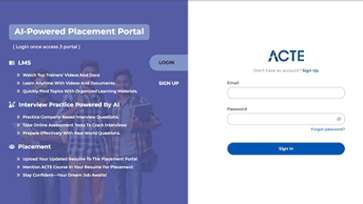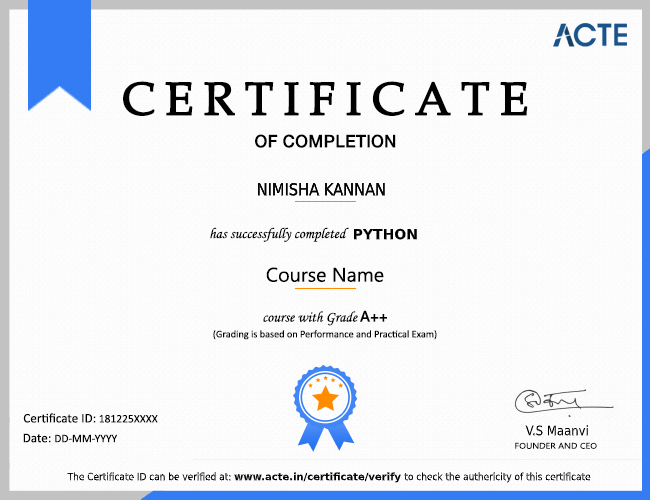The R programming language is an open source scripting language for predictive analytics and data visualization. The initial version of R was released in 1995 to allow academic statisticians and others with sophisticated programming skills to perform complex data statistical analysis and display the results in any of a multitude of visual graphics. The "R" name is derived from the first letter of the names of its two developers, Ross Ihaka and Robert Gentleman,T. Start learning with us ACTE R Programming Classroom & Online Training Course.
R Programming is very useful for career.Careers in R programming are associated with the data science and business analytics profession. ... R programmers are a good fit for the research-oriented industry for statistical model implementation for data analysis. professionals want to upgrade their career in data science R programming is a preferred choice.
R Programming, have great scope, Scope is high Basically, R is now considered as the most popular analytic tool.R Careers offers bright jobs for any data scientist he may be any fresher or experienced. Organizations expect many of the new hires with knowledge of R and they want them to be familiar with the R tool.
Even as a fresher, you can get a job in R Programming domain. R is the name of a popular programming language that has become the tool of choice for data scientists and statisticians around the world. Companies are using analytics to predict things like pricing of their products, how much to spend on ads, whether a drug will turn out to be successful or not etc. and R is helping them analyse historical data to make these predictions.
The business analytics field has been dominated by paid tools such as SAS, Statistica and SPSS (IBM). Even though some of these tools can be very expensive (with software licenses running into millions of dollars), the value coming out of their application is far more and hence companies did not mind spending so much.
We are happy and proud to say that we have strong relationship with over 700+ small, mid-sized and MNCs. Many of these companies have openings for R Programming. Moreover, we have a very active placement cell that provides 100% placement assistance to our students. The cell also contributes by training students in mock interviews and discussions even after the course completion.
Coin package in R provides various options for re-randomization and permutations based on statistical tests. When test assumptions cannot be met then this package serves as the best alternative to classical methods as it does not assume random sampling from well-defined populations.
- Knowledge of statistics theory in mathematics.
- You should have solid understanding of statistics in mathematics.
- Understanding of various type of graphs for data representation.
- Prior knowledge of any programming.
Learn R. Can someone with no programming knowledge learn “R”? The answer is yes! ... Despite not having any previous programming experience , I analyzed my first data set of more than 20,000 data points in only a couple of months.
Our course ware is designed to give a hands-on approach to the students in R Programming. The course is made up of theoretical classes that teach the basics of each module followed by high-intensity practical sessions reflecting the current challenges and needs of the industry that will demand the students’ time and commitment.
Yes Definitely! From my point of view learning, R language has a worth to learn. R is the best programming language to perform analytical operation. The number of applications such as healthcare, finance, media use R programming to analyze their data.
Advanced R Programming takes around 1 month to master to a level so that you can start writing analytics functions.
If you have experience in any programming language, it takes 7 days to learn R programming spending at least 3 hours a day. If you are a beginner, it takes 3 weeks to learn R programming. In the second week, learn concepts like how to create, append, subset datasets, lists, join.
- Backed by a Huge, Active Community.
- Comprehensive Library Support.
- Cross-Platform Compatibility.
- Data Visualization at its Best.
- Develop Interactive, Powerful Web Apps With Shiny.
- Go-to Option for Statistical Analysis and Data Science.
- High Market Demand With High-Paying Roles.
- Major Companies Trust R.
Why R is becoming popular?
R has become the lingua franca of Data Science and statistics. It is the most popular analytic tool.
The estimated R users are nearing approximately 2 million!
With the emergence of R programming in Data Science and data itself, there is a pressing need for efficient data science tools that can accommodate the needs of their users.
R is capable of providing various benefits and covering all the important issues that make it ideal for Data Science operations. There are also various groups, seminars and boot camps that are being organized around the world that facilitate R education throughout the world.
R has been a Game Changer in the Analytics Industry
R is an open-source language that is contributed to developers and programmers from all around the world. It is continuously expanding and people from the whole world are contributing to its development. This has resulted in R becoming a state of the art programming language.
Due to its platform independence, diversity of packages, and robust graphical features, it has become the primary tool for the analytics industry.
What about the Job Prospects in R?
R programmers can avail various types of jobs in the Data Science industry. Since there is a dearth of Data Scientists, both novice and professional R programmers can enter the Data Science industry.
There are various companies like Facebook, Google, and Twitter as well as emerging startups that are using R to meet their analytical goals.
At the same time, organizations expect many of the new hires to be already equipped with knowledge of R. They want them to be familiar with the R tool and how to use it for Data Analysis.
Business Adaptation of R
Most of the Data Scientists and analysts use R as a tool of their choice. But what about corporate adaptation?
Large businesses don’t often use open-source tools and technologies for a business process that is as critical as Data Analysis. But, R has slowly won over the hearts of many large corporates.
For example:Companies like Google, Facebook, Genpact, Accenture, MuSigma and many others are adopting the R platform.
Job Roles in R
Being an R programmer does not only guarantee jobs in the IT industry but also there are several industries that are making use of data to transform problems into solutions. Some of the areas where R applicants are most in-demand are as follows:
- Financial Sectors
- Banks
- Health Organisations
- Manufacturing Companies
- Academia
- Governmental departments
R programmers are most in-demand, especially in emerging startups. Some of the positions that are available for the R programmers are as follows:
- Data Scientist
- Business Analyst
- Data Analyst
- Data Visualization Expert
- Quantitative Analyst
Let us now have a brief overlook at each of these jobs:
1. Data Scientist
The profession of Data Scientist is the most demanding job role. A Data Scientist is supposed to extract data, transform it into a structured format, perform analysis and forecast future insights. For this purpose, R is the most ideal tool as it provides efficient data handling capability as well as a robust set of analysis and machine learning tools The average annual income of a data scientist is ₹28,00,000.
2. Business Analyst
A Business Analyst has to develop solutions that are technical in nature for the various business problems. They are required to seek solutions, advance the efforts of the company as well as fulfill the requirements of the business. For this purpose, R provides various business intelligence tools through its extensive packages. A business analyst in India earns around ₹6,70,000 per year on an average.
3. Data Analyst
A Data Analyst is responsible for extracting and analyzing data. This task requires extensive usage of R’s statistical libraries to deliver accurate results so that the companies can make careful data-driven decisions. The average annual income of a data analyst in India is around ₹7,20,000
4. Data Visualization Expert
R is most popular for its visualization libraries. Due to this reason, Data Visualization experts in R programming are in-demand in the industries. The various packages of R like ggplot2, plotly, etc provide visually appealing graphs and plots to their users. Therefore, storytelling with data has become the most sought after skill. A data visualization expert can earn up to ₹6,50,000 per annum in India.
5. Quantitative Analyst
Quantitative Analysts are engaged in the financial and banking industries. These industries have to deal with all types of data and R provides an ideal solution to their various data problems. Therefore, R programmers who know the breadth and depth of finance are most sought after professionals in these industries. On average, a quantitative analyst can earn around ₹5,80,000.






























